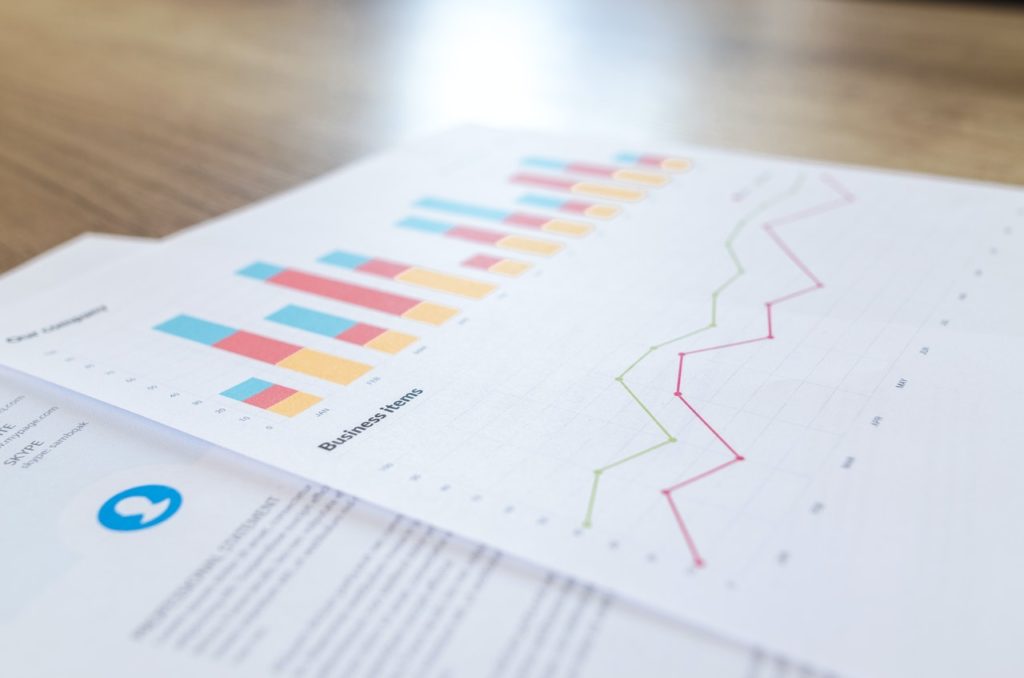To a large extent, it all started on the 30th of January 2020. Everyone that woke up that morning had virtually no clue what was about to hit the world. And how the world they know is going to turn upside down. On that fateful day, the WHO declared COVID-19 as a global emergency. And the rest is history.
From that day onward, the virus was relentless, and in turn, the fight against COVID-19 became a global fight of unprecedented proportion. Everyone, even the unborn, from all over the planet has been tragically affected. In response, many unheard-of and sometimes, to some degree, inhumane rules and laws were put in place (like putting people to hunker down at home for months on end). Some rules and laws that were put in place made every sense—for example, the CDC guidelines as to social distancing and wearing a face mask.
Then again, other tools are vital but are not so well understood by people. Top of the list is data accuracy. You will be surprised to find out just how vital data accuracy is in fighting COVID-19. Think about it. Without accurate data, the world would not be able to take the necessary steps to keep everyone safe. And save millions of lives in the process.
Avoiding Conflict
Without a doubt, the COVID-19 health problem is a global fight. Indeed, i’s not about 1 or 2 countries trying to defeat invaders from entering their territory. Rather, it’s about the whole world trying to reduce the number of deaths related to COVID-19. This means we pointing fingers at any country could be counterproductive as the goal is to work together and win together as one.
This is where reliable data collection matters. Take note that you won’t be able to enact policies based upon unreliable premises. It would be chaotic. The latest reversal about the Holy Week holidays of German chancellor Angela Merkel is a glorious example.
There’s no denying that different countries have different approaches. For some countries, they count the number of people that have COVID-19-like symptoms. While for some countries, they ensure that patients are confirmed to be COVID-19 positive. But then again, we have to bear in mind that this can lead to inaccurate data. Why?
Some patients have COVID-19-like symptoms but don’t really have COVID-19. On the other hand, some indeed have the virus, but that’s not the only cause of death.
So the important thing is the comparison of approach. Different countries should come together to identify the similarities and differences. From that point, there is alignment and trust in data analysis. And this makes comparison comparable even for different parts of the world.

Data Is Not Created Equal
To use data analysis for making crucial decisions for COVID-19, you have to understand that not all data are equal. And that’s because day by day, there is a high rise in inaccurate data.
Even automated systems might provide inaccurate data. There are different reasons why this can happen, such as data variability. This proves that even the most organized system can still have inaccurate data. So extra care is needed with data collation.
As much as you desire accurate data, it might not be achievable if an active step is not taken. You have to be proactive when it comes to approaching. For example, think about ways such as data scoring to help improve quality. With this, people understand that a data set is complete compared to another data set.
Incomplete Data
Another problem is incomplete data. Incomplete data has always been an issue. So it’s not just about COVID-19 data. The question, though, is what can be done?
First stop, your need to ensure there is a proper backup for data. Many files have been lost in different organizations because they didn’t backup files. For instance, this is why getting reliable cloud-based backup for office files is vital. By doing so, you can recover files lost in your organization. And thereby, you reduce the likelihood of your organization being paralyzed.
Another thing is paying attention to your model for the collation of data. For one, if you include the age, make sure you pay attention to privacy laws. There are times that details get lost along the way because of privacy laws. So extra attention is needed when collating.
It is also necessary to create a model using relevant rules. This makes it easy when you use a data profiling address. The data profiler needs to be aware of the system with which you are collating the data.
So, even if you include a person aged 500, which doesn’t actually exist, the profiler knows it’s not a mistake. With these rules, you can avoid some problems that can lead to incomplete data. In the process, you can create a more efficient and effective response to the virus. And function best.



